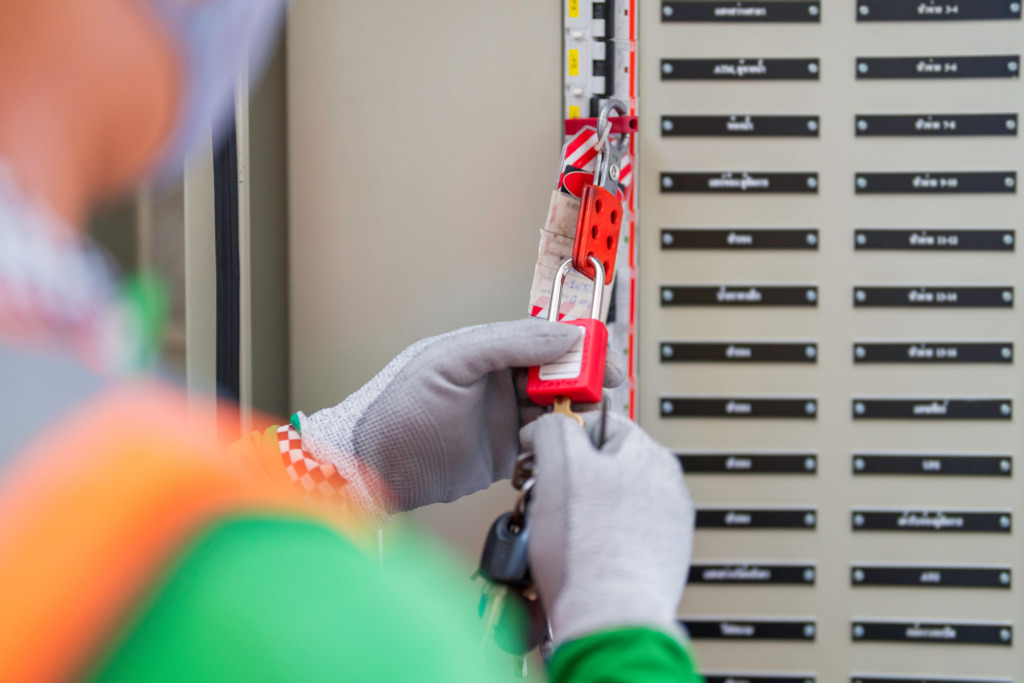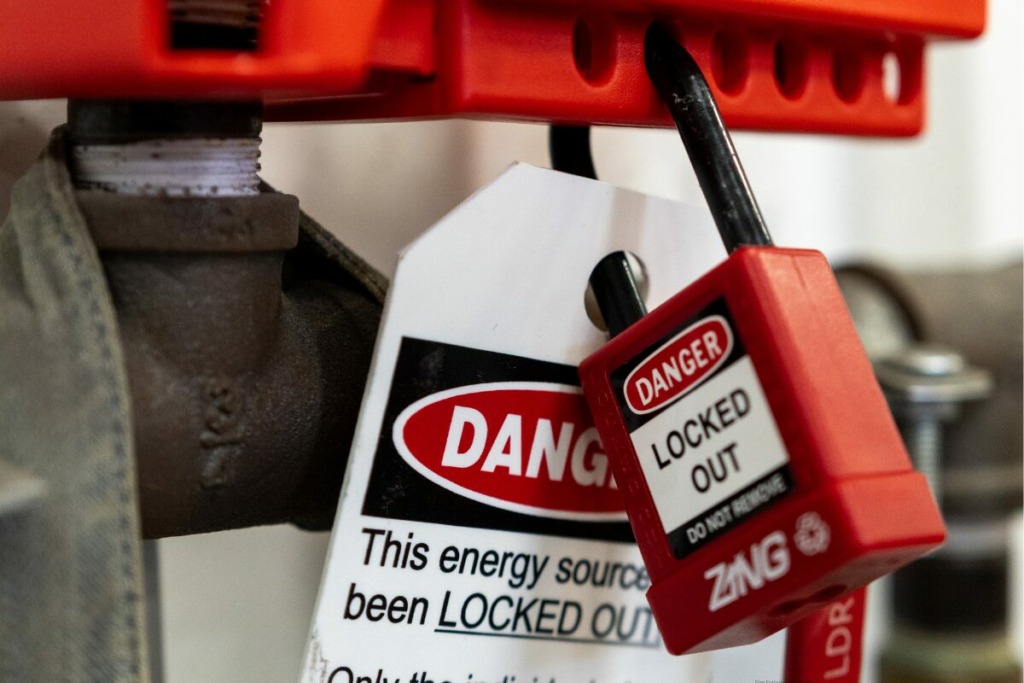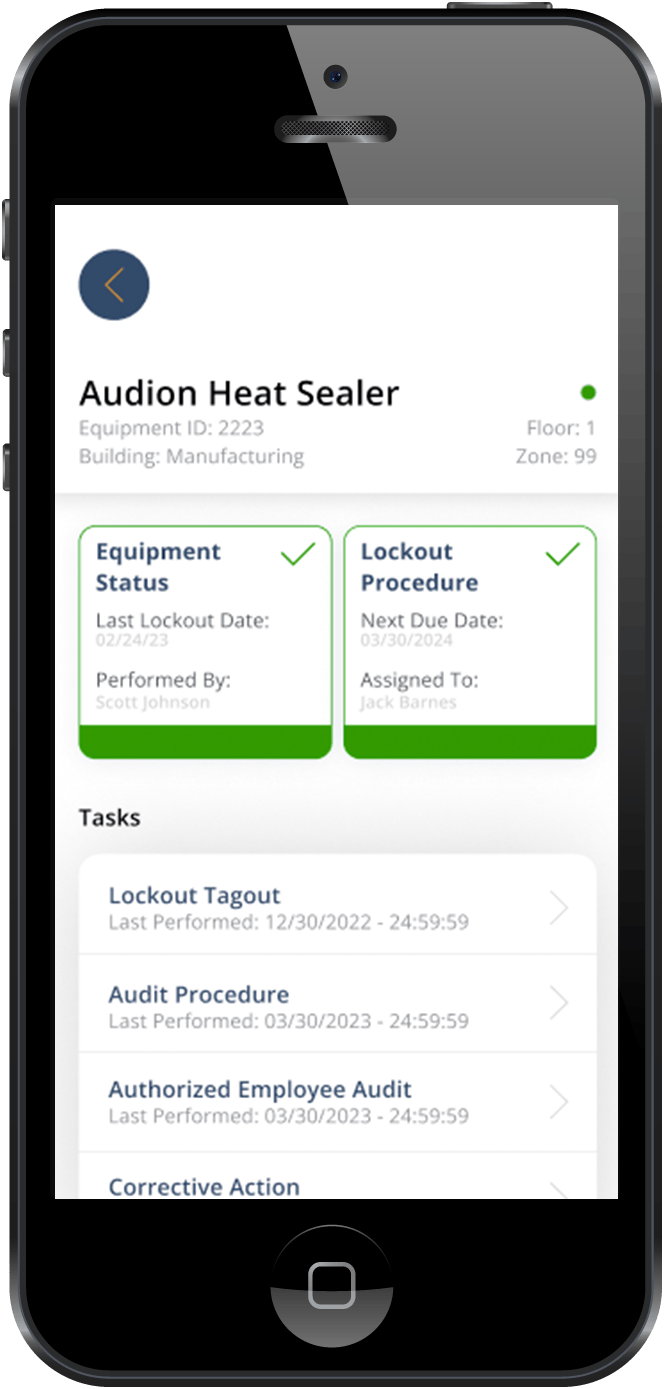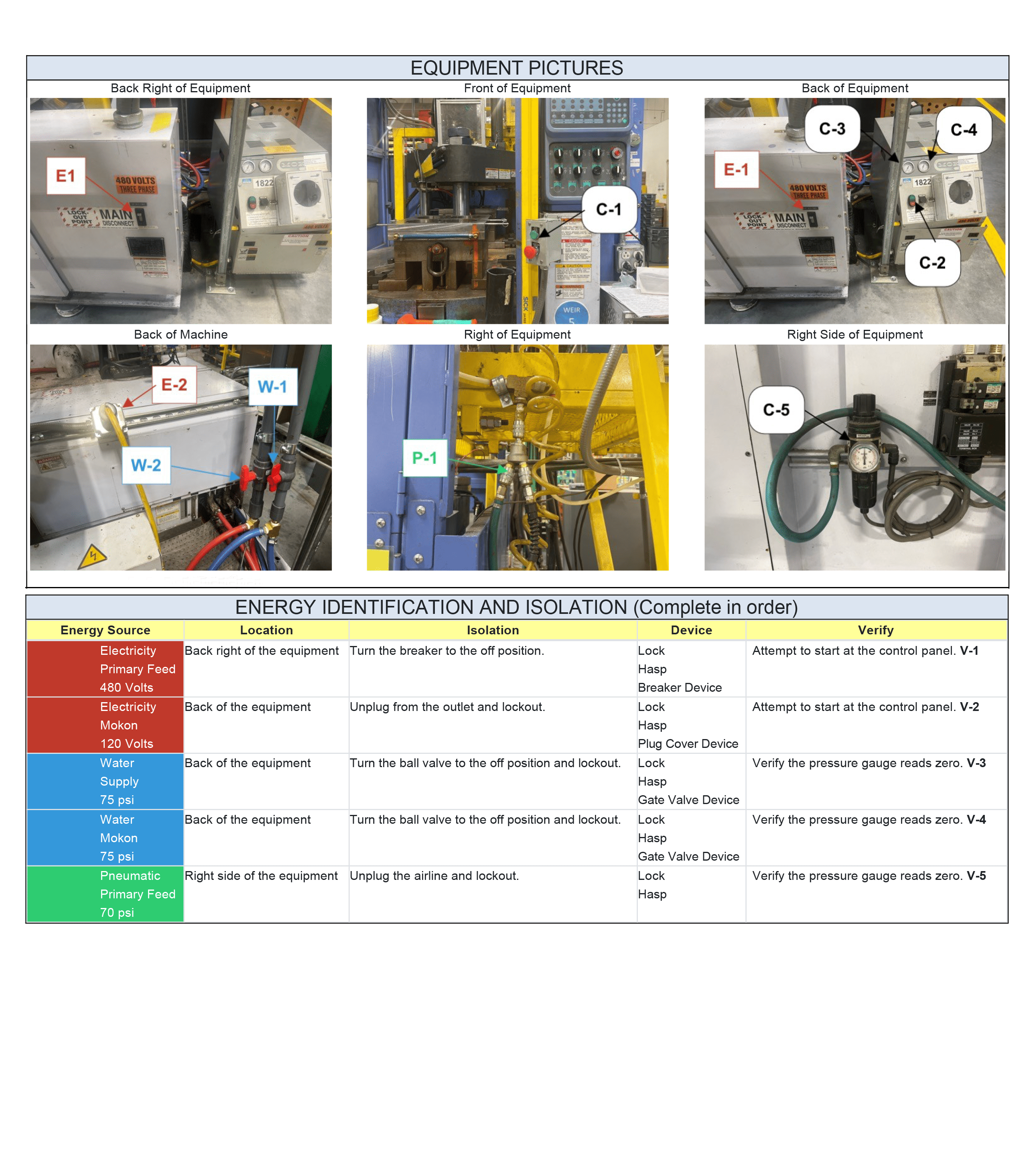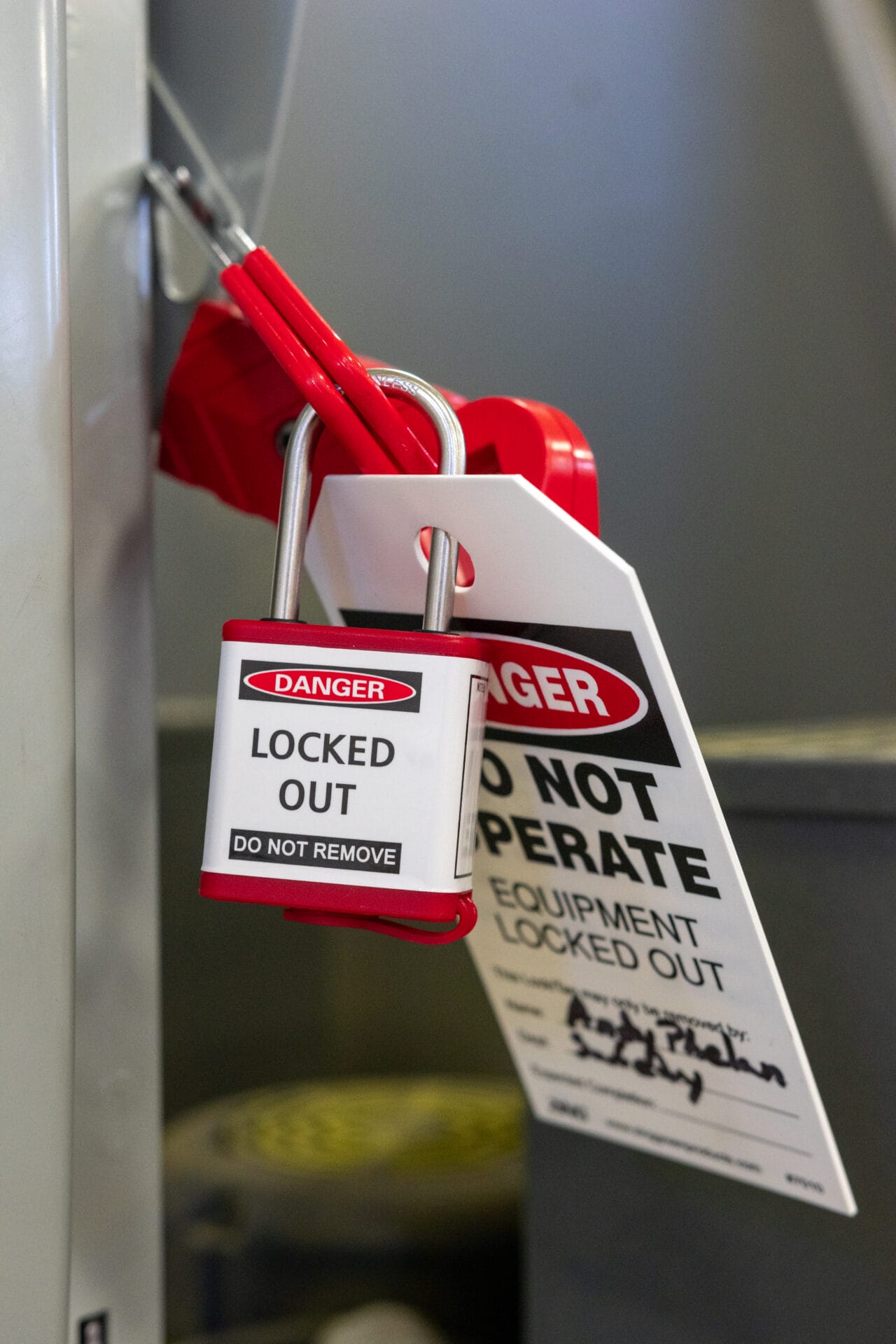This article provides an overview of the industries, environments, and circumstances that typically warrant a need for lockout tagout procedures.
Lockout tagout or LOTO is a safety procedure that is used to control hazardous energy on machines and equipment, but when is it necessary? Follow along as we go over the purpose and uses for lockout tagout, so that you can ensure both safety and compliance at your workplace.
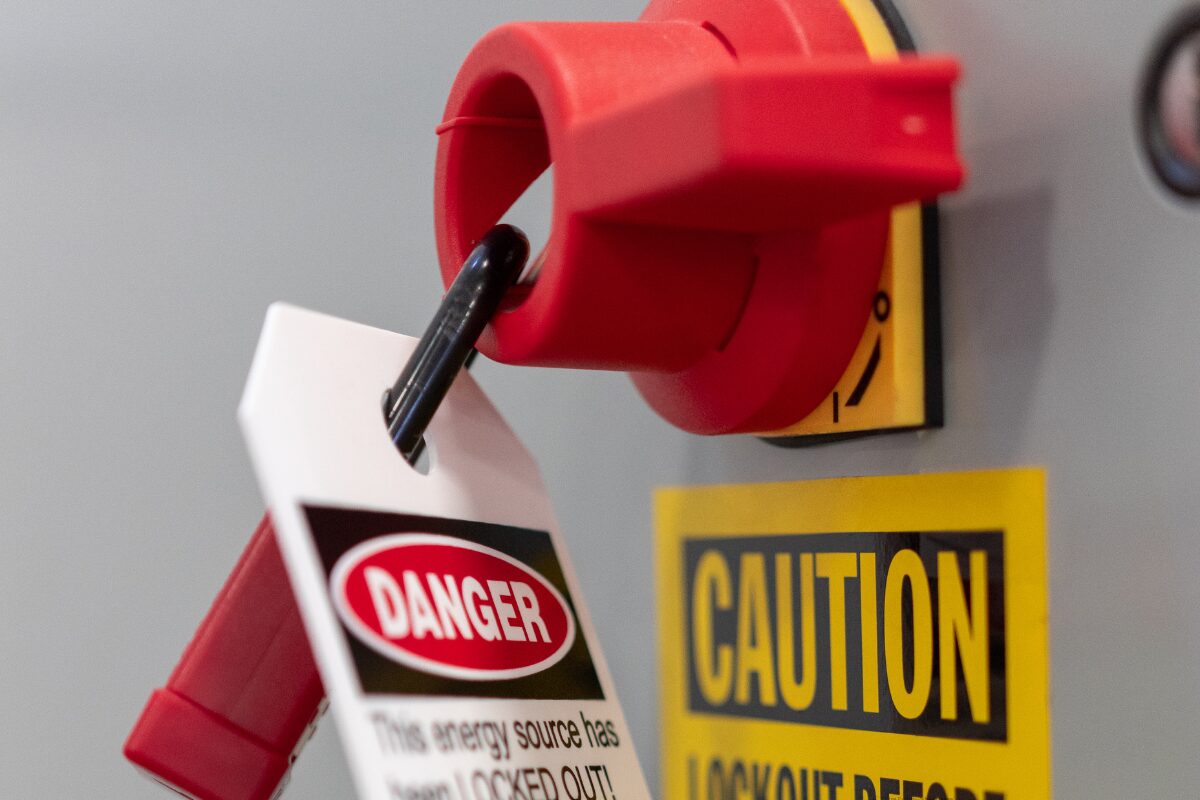
The Purpose of Lockout Tagout
The primary purpose of lockout tagout is to help ensure the safety of workers while maintenance or servicing activities are being performed on machinery.
LOTO involves physically locking energy sources and placing informational tags on the equipment to warn workers that the equipment is temporarily out of service. By restricting the release of unexpected hazardous energy, LOTO procedures improve workplace safety, control energy sources, and prevent accidents.
When/How LOTO Should Be Used for Safety
When: The Occupational Safety and Health Administration requires LOTO to be used in the workplace any time there is the risk of unexpected energization, start up, or release of hazardous energy from machines or equipment, especially if it could cause injury or harm to personnel (OSHA 1910.147).
Lockout tagout is frequently used by workers to maintain safety during machine repairs, set-up, servicing, inspections, part replacements, cleaning, and other activities.
How: During procedures, machinery is shut down, residual energy is released, and energy sources are locked. These actions diminish the likelihood of accidental or unexpected machine start up, which protects workers from injury or harm.
Common Industries/Settings For LOTO
As per the OSHA’s lockout tagout safety standard, LOTO may be used to control any form of hazardous energy including electrical, mechanical, hydraulic, pneumatic, chemical, thermal, and other energy sources.
As a result, lockout tagout is used in a variety of industries for maintaining safety around equipment. Some common industries that use it include
- construction
- manufacturing
- chemical processing
- oil and gas
- energy
- food manufacturing
- warehouses
Individuals who work in these industries are expected to be familiar with LOTO, even if they aren’t necessarily the ones performing procedures on equipment. Even a basic understanding of what lockout tagout is and why it is important can help protect both the individuals who perform LOTO as well as their colleagues who are affected by the machine shutdown.
Get Lockout Tagout Software
Lockout tagout is an irreplaceable safety measure. However, managing a LOTO program can be difficult. If you or someone you know works in a setting that requires lockout tagout, we highly suggest exploring lockout tagout software.
LOTO software can revolutionize your approach to safety. With software you can:
- Build custom lockout tagout procedures in minutes
- Enjoy peace of mind about OSHA compliance
- Increase communication and visibility for workers on your team
- Cut operational costs by boosting employee efficiency
- Conduct periodic inspections easily
- Condense all program documentation into a single, accessible location
- Make job assignments and track what tasks have been completed
- Perform machine-specific LOTO with a quick QR scan and step-by-step instructions
Want to learn more about how lockout tagout software can simplify your job and contribute to a safer working environment? Schedule a demo! Briefly talk with one of our specialists to get answers to your questions and a clear vision of how software could support your team.
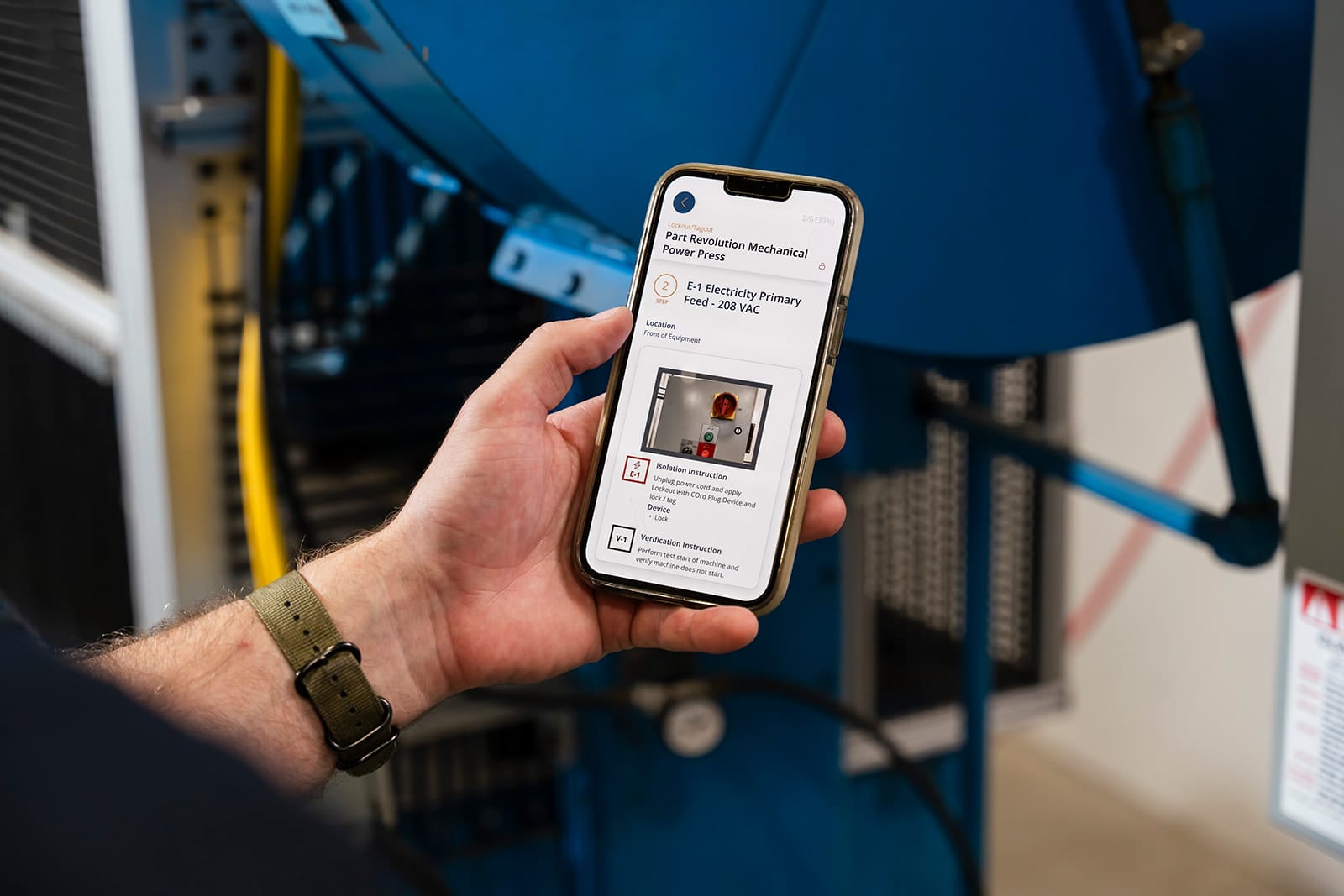
Conclusion
Lockout tagout is a safety measure used to ensure a secure environment in workplaces that contain hazardous energy sources. It enables workers to perform maintenance and servicing on machinery by shutting the machine down and isolating all the energy sources.
LOTO should be used in any industry, facility, or environment where hazardous energy poses a threat to individuals. Generally, this means any workplace that has machinery or equipment that has electrical, mechanical, hydraulic, pneumatic, chemical, thermal, and other energy sources.
By using LOTO for these required spaces and circumstances, companies are able to fulfill legal requirements, maintain compliance, and safeguard their employees.


